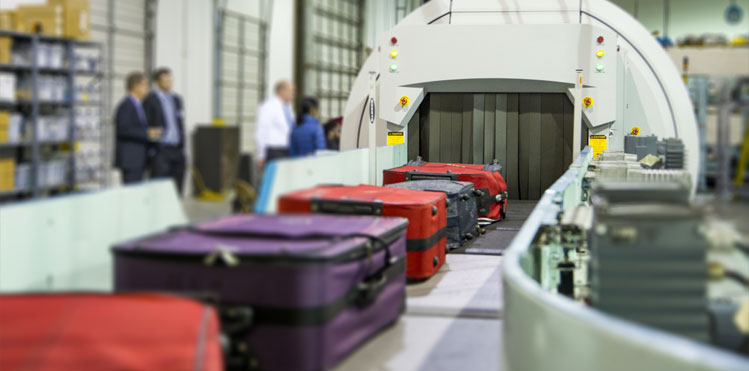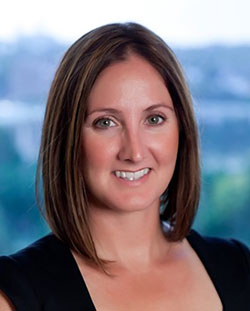Key criteria for selecting your Standard 3-EDS supplier

The information, materials, and opinions contained in this guide are for general information purposes and your convenience only. They are not intended to constitute legal or other professional advice and should not be relied on or treated as such. They do not constitute any guarantee and/or implied warranties. The appointment of a security service provider shall be subject to further due diligence according to customer’s policies.
With the upcoming Standard 3 deadlines, airports across Europe are evaluating which explosive detection systems (EDS) meet their detection and throughput needs. Top concerns to address: unprecedented passenger loads combined with increased security threats.
“When we take customers through a test scenario, the number one question they ask is around speed and the ability to screen more bags with a specific machine,” explains Jimmy Dickerson, EDS Product Application Manager, Smiths Detection. “Can we run at a half a metre per second and maintain all of the performance characteristics that we could with our point two and point three metre per second machine?”
“The big concern is volume and if increasing the speed degrades our system performance in any way. Testing has proven it does not at all,” points out Sally Nordeen, Senior Director of Global EDS, Smiths Detection. “In fact, a big differentiator is that at all the speeds, a decision on the bag is made before it leaves our machine – maximising space efficiencies with the baggage handling system.”
For many airports where space is a premium, this is a big win. Which is why selecting an EDS provider experienced in Standard 3 implementation is critical as they’ll be adept at addressing specific needs and constraints.

“You watch our machine screen a bag at a half a metre per second and it’s amazing that it analyses data to render a decision in three seconds or less.” Sally Nordeen, Senior Director of Global EDS, Smiths Detection.
“Our role is to work with the customer, identify their needs, and recommend the best system at whatever speed will help them achieve their throughput requirements and overall operational efficiencies,” says Nordeen.
Overall cost of ownership is another factor customers review when determining what types of systems to put in. A well-maintained EDS scanner should last 15 years or more. This makes it important to look at a partner offering a scalable platform that can easily be upgraded as compliance and throughput needs continue to evolve. Questions airports should ask prospective suppliers: Does their system have the bandwidth and headspace to expand and grow as needed? How do they handle upgrades in a live, networked environment? Can they be done in the field to minimise disruption?
Finally, any EDS supplier should provide a proven track record of service quality. What preventative maintenance programmes are in place to further optimise performance of the security equipment? How are issues communicated, addressed or resolved? Proactive service personnel with access to a global supply chain network better ensure quick response and resolution times.
Which all comes back to experience. Experience with the technology and experience in solving problems as they arise.
“We have a deep understanding of the technology and have integrated our machines into any operating environment you can imagine. From parking lots to mezzanines, stand-alone units to multi-terminal, multi-airport implementations,” concludes Nordeen. “Years of designing, engineering, manufacturing, and servicing EDS has created expertise valued by our customers. An expertise that helps us provide a better product and better service overall.”
For more information on our Standard 3-approved CTX EDS offerings, visit morphodetection.com/acieurope1
Morpho Detection is now part of Smiths Detection.







